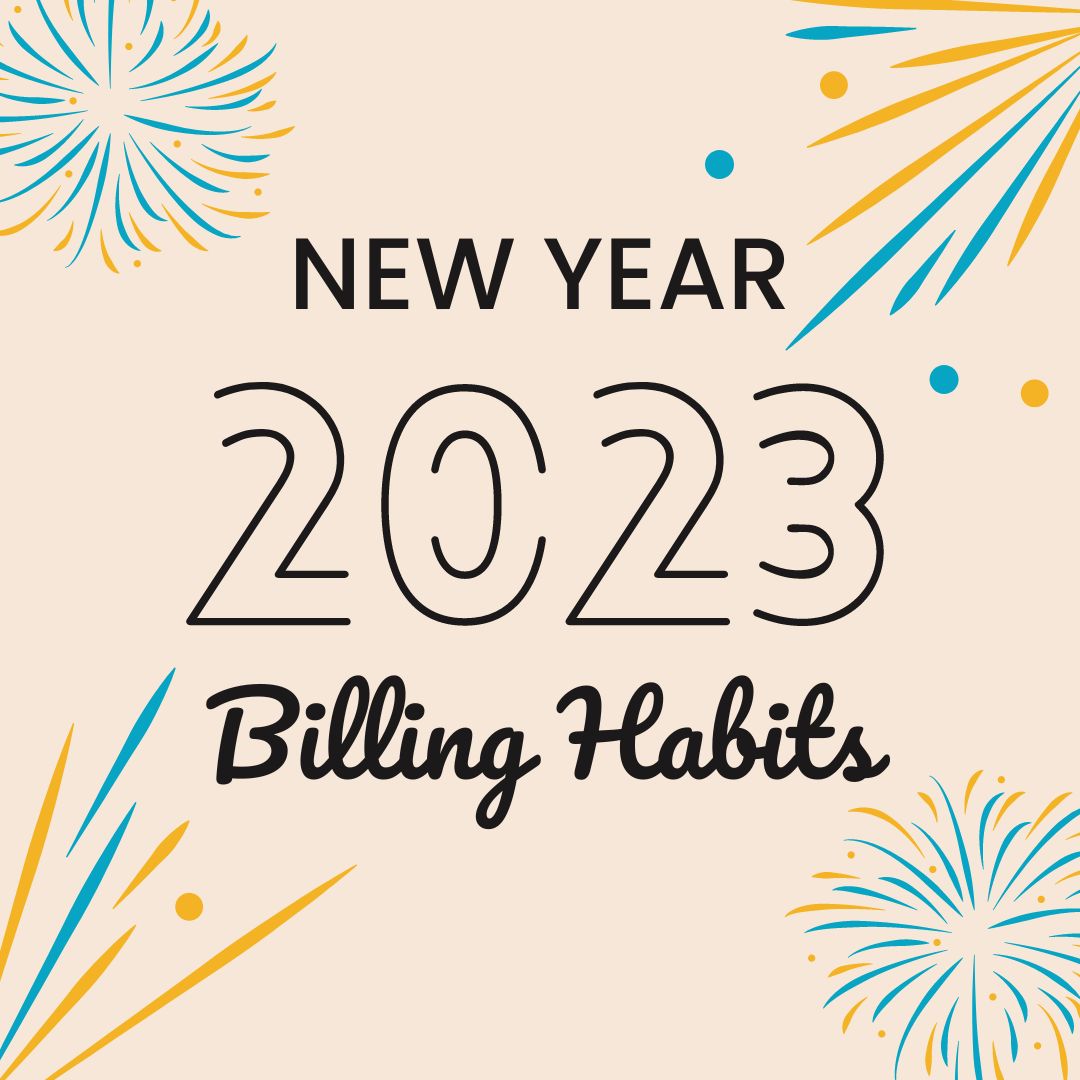|
The New Year is a new opportunity to start fresh. We use a very important concept called "self-efficacy" when we make New Year's Resolutions. This means that we can set goals and follow through on them, giving us a sense of control over my life. New year, new business opportunities, new chances to grow. People in the business industry use this opportunity to create new habits that will help them in their business. Habits to maintain up to the end of the year.
In midwifery, particularly in billing for your practice, it is important to measure the habits you have, improve the old habits that helped your practice, and remove those habits that made your billing procedures difficult. It is possible to resolve and improve your medical billing process by setting aside some time. In a matter of days, this can make a huge difference in your bottom line. We recommend that you take the time to read these seven tips and find cash where it is missing. What are the best ways you can improve your billing for your midwifery practice? 1. Collect patient contact information and insurance details prior to their appointment It will save both you and your client a lot of time by collecting the necessary information before your clients visit the clinic. This will also allow you to plan the end of your day. Your receptionist/front desk staff should be able to collect the most current and complete information from patients calling your office to schedule an appointment. Patients can also choose to send or mail their information. This information should be available on your patient portal and online appointment tool. Staff will be able to verify the patient's insurance information and follow-up with them throughout treatment and collection. 2 Check your client's eligibility for insurance and calculate any outstanding balances Verify coverage with payers before or during service. These steps will allow you to identify any changes in patient collections, determine what percentage of the treatment will be covered and who is responsible for payment. 3. Adopt a payment policy that places patient responsibility at check in Patients should be required to pay copays at check-in. This is the best way to collect patient balances. Create a policy for medical offices to ensure that patients are aware of the requirement. Include a patient responsibility agreement for patients to sign in your check-in paperwork. This policy provides clear guidelines to your staff and patients regarding collection. You can also use your patient message solution for automated appointment reminders that communicate what is due at the time you are providing service. 4. Transparency in your billing and collection processes Patients should be aware of your terms and conditions for medical billing and collection. They won't be surprised if a bill arrives and they don't know what to do. Transparency in billing can help reduce the stress for both your staff and your patients. You can also help your patients by keeping all their current information on file, so that claims are correctly submitted and not denied. 5. Accept multiple payment methods You can increase your chances of getting balances collected at check-in by offering multiple payment options, such as cash, credit/debit cards, and checks. A convenient and simple-to-use online payment system can be included in your patient portal. This will facilitate patient payments. 6. Provide payment plans and keep track of them Establish payment plans to help with larger balances. Train staff how to explain and track these options. Your practice will increase its collections by offering flexible payment options. Patients will feel more secure knowing that they can afford the treatment they require. 7. Monitor unpaid accounts To maximize collections, persistence is the key. Create a plan to contact patients who have not paid on time and a protocol for staff. Your staff should be able to request payment in full, discuss payment options and offer a plan of payment if necessary. You should track accounts at all stages of your revenue cycle. Also, pay attention to unpaid accounts. These accounts can often lead to problems or unresolved billing. A tracking system should be in place to track every account's status. It can tag any status as unpaid, pending or paid. You can also manage tricky accounts by keeping a list of problem accounts that you check on regularly. 8. Learn how to bill Medicare or Medicaid and how to train your staff regularly Every week brings new medical billing issues. It is important to keep your staff trained and current on how to bill Medicare, Medicaid, and your insurance partners. It will save you time and money on corrections and resubmissions. It is easy to improve your medical billing process by hiring professionals to visit your practice and learn about your accounts receivables and then implement a better billing strategy. The most trivial part of having a new year’s resolution is it may only happen for three months after the new year itself. Many people fail because they lack consistency and motivation to push through. Remember, when you start something, always make sure to finish it. References 6 tips to improve collections and cash flow at your medical practice. Greenway Health. (2020, June 22). Retrieved November 28, 2022, from https://www.greenwayhealth.com/knowledge-center/greenway-blog/6-tips-improve-collections-and-cash-flow-your-medical-practice Marketing, P. (2021, April 26). 4 ways to improve your medical billing process - frost-Arnett. Frost. Retrieved November 23, 2022, from https://www.frost-arnett.com/4-ways-to-improve-your-medical-billing-process/ |
Archives
August 2023
Categories
All
|

 RSS Feed
RSS Feed